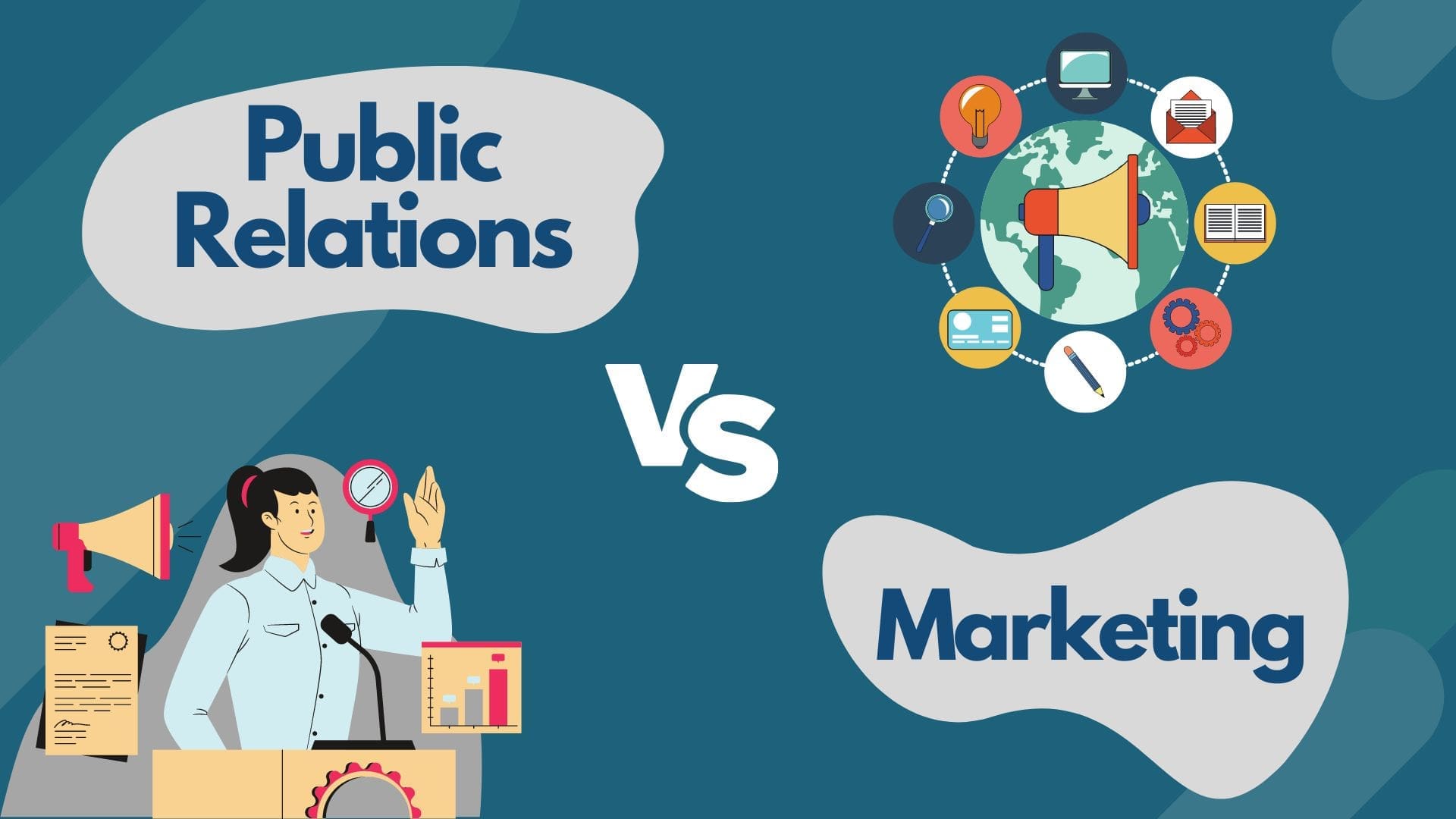
In the world of business and entrepreneurship, there are two terms that often come up when discussing company growth and success: Public Relations (PR) and Marketing. While both of these concepts play a crucial role in promoting a business, many people are unclear about the differences between the two and how they can benefit a company. In this article, we will explore the distinctions between Public Relations and Marketing, as well as the advantages of incorporating both strategies into a business plan. Understanding the differences between PR and Marketing is essential for businesses to effectively communicate and engage with their target audience.
Public Relations, also known as PR, is the practice of managing and maintaining a favorable public image for a company or individual. It involves building and sustaining relationships with various stakeholders, such as customers, media, government agencies, and community organizations. Some common PR activities include media relations, event planning, community outreach, and crisis management.
The primary goal of PR is to create a positive perception of a brand or individual, resulting in increased credibility and trust among the public. PR plays a crucial role in business, as it helps to shape a company’s image and reputation, which can ultimately impact its success.
Marketing, on the other hand, is the process of promoting and selling products or services. It encompasses a wide range of activities, including advertising, public relations, sales, and customer service. While marketing and advertising are often used interchangeably, it is important to note that advertising is just one component of marketing.
Some examples of marketing activities include product development, pricing strategies, distribution channels, and promotions. Marketing aims to identify customer needs and wants, develop products or services to fulfill those needs, and communicate the benefits to the target audience through various channels.
One primary difference between PR and Marketing is the target audience. PR primarily focuses on building relationships with external stakeholders, such as the media, community organizations, and government agencies. In contrast, Marketing targets potential customers and clients, aiming to persuade them to purchase a product or service.
PR seeks to create and maintain a positive image for a company or individual, whereas Marketing focuses on driving sales and generating revenue. PR strategies often aim to build brand awareness, establish credibility, and foster trust among stakeholders. On the other hand, marketing tactics are designed to influence consumer behavior, increase market share, and maximize return on investment.
The content and tone of the messaging in PR and Marketing also differ. PR messages are generally informative, educational, or persuasive, and they aim to position a company as an industry leader or expert. Marketing messages, however, focus on highlighting the features and benefits of a product or service that appeal to the target audience.
PR is typically a long-term strategy, with the goal of building and sustaining a positive image and reputation over time. In contrast, Marketing campaigns often have a shorter duration, focusing on promoting specific products or services for a limited period.
The success of PR efforts is often measured by the quality and quantity of media coverage, stakeholder perceptions, and overall brand reputation. Marketing success, however, is primarily evaluated through sales figures, market share, and return on investment.
By incorporating both PR and Marketing strategies into a business plan, companies can enjoy several benefits, including:
In conclusion, understanding the differences between Public Relations and Marketing is essential for businesses looking to grow and succeed. By incorporating both strategies into an overall plan, companies can increase brand awareness, build trust and credibility, reach a wider audience, and maximize their ROI. It’s crucial for businesses to develop a comprehensive strategy that effectively utilizes both PR and Marketing efforts to achieve their goals.
Q1: Can PR and Marketing work independently?
A: While PR and Marketing can work independently, it is generally more effective to employ both strategies together as they complement each other and help businesses achieve their goals more efficiently.
Q2: Is PR more effective than Marketing?
A: PR and Marketing serve different purposes and objectives, so it depends on what the company aims to achieve. Both strategies are essential for overall business success.
Q3: When should a business incorporate PR and Marketing in their strategy?
A: Ideally, both PR and Marketing should be integrated into a business’s overall strategy from the beginning to ensure consistent messaging, brand awareness, and growth.
Q4: Can a small business afford both PR and Marketing?
A: Yes, small businesses can utilize cost-effective tactics such as email marketing and social media to implement both PR and Marketing strategies on a smaller scale.
Q5: Are there any risks involved in using both PR and Marketing?
A: The primary risk is potential inconsistency in messaging and branding if both strategies are not carefully coordinated. By developing a comprehensive, integrated plan, businesses can minimize this risk and ensure both PR and Marketing efforts complement one another.
You must be logged in to post a comment.
